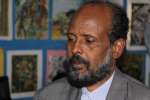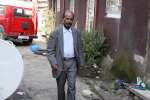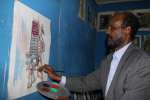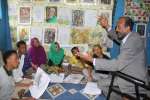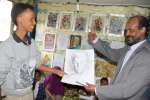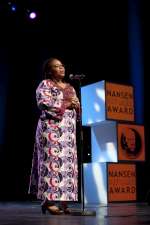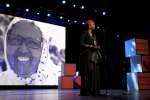55 people reported drowned off Somali coast
Press Releases, 20 December 2012
Fifty-five people are drowned or missing after an overcrowded boat capsized off the Somali coast on Tuesday night (18 December). UNHCR is greatly saddened by this latest tragic incident – the biggest loss of life in the Gulf of Aden since February 2011 when 57 Somali refugees and migrants from the Horn of Africa drowned while attempting to reach Yemen.
According to five of the survivors – all young Somali men – the boat was overcrowded and ran into trouble almost immediately after leaving the port of Bosasso in northern Somalia on Tuesday. It capsized just 15 minutes into its journey, spilling all 60 passengers into sea. Those on board were Ethiopians and Somalis.
To date, 23 bodies have been recovered, including those of 14 women, eight men, and a boy said to be less than four years of age. Five of the dead are confirmed to have been Ethiopians. The thirty-two remaining passengers are presumed to have drowned.
"The tragic loss of so many lives is a new and stark reminder of the risks Somali refugees are taking as they flee their country" said UNHCR Representative for Somalia, Bruno Geddo. "Without doubt, the Gulf of Aden is now the deadliest route for people fleeing conflict, violence and human rights abuses in the Horn of Africa."
100,000 people have crossed the Red Sea and the Gulf of Aden this year, despite warnings from UNHCR and other aid agencies about the risks such trips involve. In addition to using unseaworthy and overcrowded boats, those fleeing the Horn of Africa region often fall prey to unscrupulous smugglers, in whose hands they can face exploitation, extortion and even death.
With the latest deaths, 95 people have drowned or gone missing in the waters between Somalia and Yemen this year. UNHCR and other agencies, through the local Migration Response Centre (MRC) in Bosasso are currently providing support and services to the survivors and assisting the local authorities with the ongoing recovery operations.
Further info: Andy Needham, UNHCR Somalia PI Officer +254 733 120 931 needham@unhcr.org
















